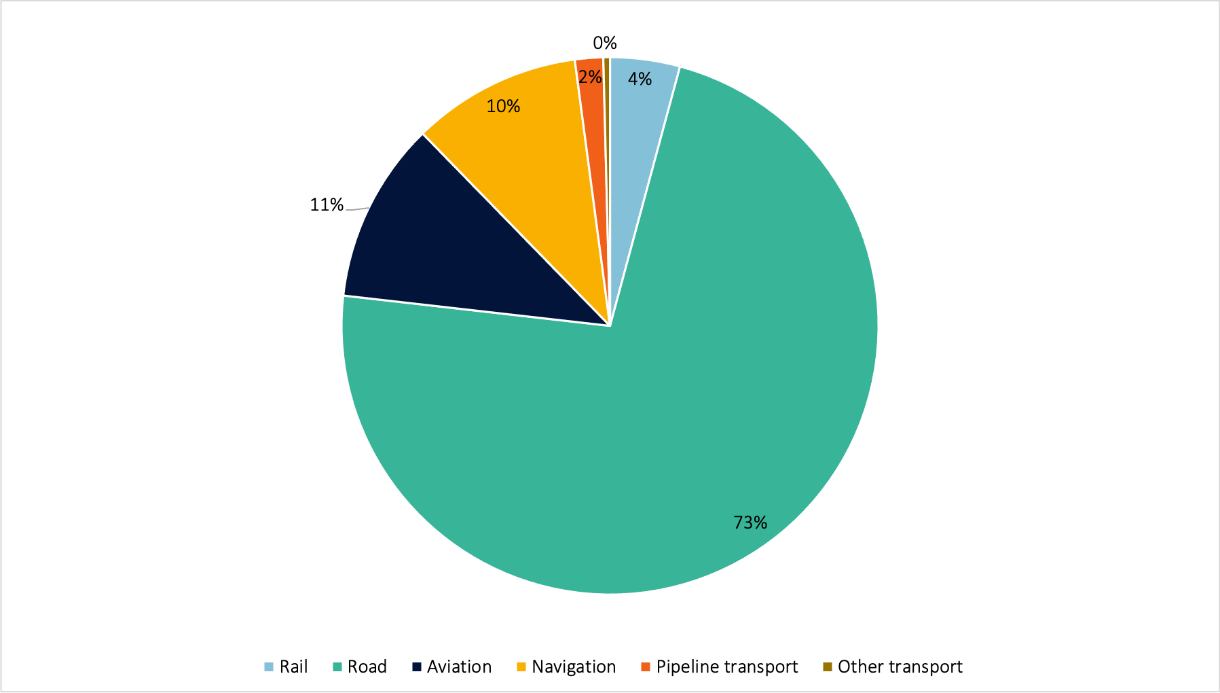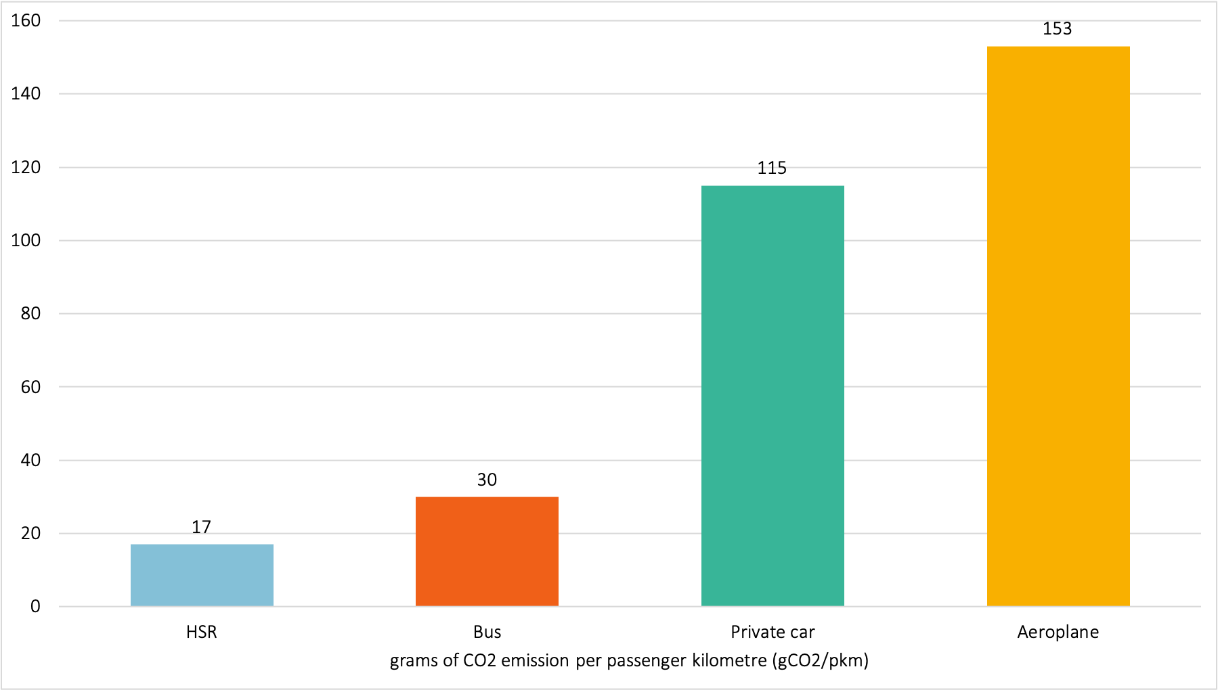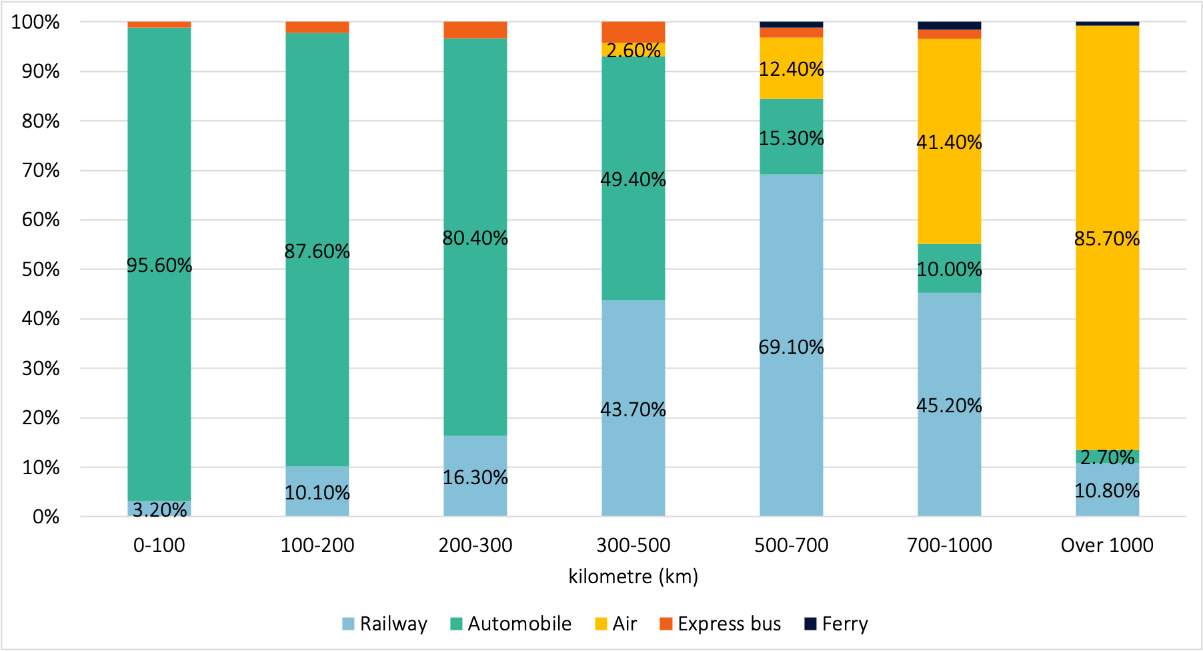by Panrawee Rungskunroch and Sakdirat Kaewunruen
Since the Industrial Revolution, the amount of greenhouse gas emissions has risen exponentially due to the expansion of business sectors, transportation, households, and human activities – causing extreme climate change across the globe. The crisis brings with it negative social impacts such as natural disasters, animal extinctions, human ill health, and shrinking food supplies. To deal with this global warming issue, the Paris Agreement aims to limit global temperature rises to below 1.5C compared to pre-industrial levels. In order to minimise the impacts of climate change, various international policies have been put forward; for example, Greenpeace has long advocated for substituting coal, oil and gas with other greener and cleaner forms of energy. In addition, the UN Environmental Programme (UNEP) has been involved in global, regional and national projects aimed at tackling climate change.
According to the global CO2 emission data, almost one-quarter of total emissions stem from the transport sectors. Transportation has become a fundamental necessity for getting to work, for leisure and so on. We see some cities taking innovative approaches to encourage people to use public transport to reduce their carbon footprint rather than using their own cars. For instance, Washington DC’s regional government suggested their residents comply with car-free days in three ways: work from home or outside their regular workplaces, use public transport or ride-share.
Nevertheless, the reduction in emissions from transport has become a challenging and urgent issue for researchers and engineers across all transportation sectors; with the most appropriate strategies focusing on adopting green energies and lowering CO2 emissions.
Compared to other transportation modes, railways make a small contribution to total emissions (4.2%), whereas the emissions from roads, where most users have their own vehicle, comes in at 72.6%.

The share of CO2 emission from each mode of transportation (Source: UIC, 2017)
The seamless and broad connection between public transportation modes has become the key enabler of mobility in developed and developing countries. Multimodal transport hubs have been built up in many countries such as China, Singapore, and the USA. These hubs aim to increase cross-mobility by generating sustainable offsets in communities where there are fewer cars, resulting in a reduction in the transport sector’s carbon footprint. Some studies have compared the emission rate of each transportation mode in European countries. The findings showed that high-speed rail (HSR) has the lowest emission at 17 gCO2 per passenger kilometre (pkm); whereas, private cars and aeroplanes emit 30 and 153 gCO2 per pkm, respectively. This implies that HSR yields the lowest emissions, six times less than private car. However, convincing people to take HSR services instead of a private vehicle is not something that can be done quickly.

Comparison of the amount of CO2 emissions of HSR with other modes of transportation in the EU (Source: UIC, 2017)
To reduce the impacts of climate change in the transport sector, we need to made advances in both policy and technology and innovation. In terms of policy, it is essential to change people’s behaviour and increase their awareness about climate change. On the other hand, technology and innovation developments have been considered long-term approaches to clean transport and therefore to tackling climate change. It is now time to wind ways to accelerate their adoption.
Policy proposals
Practical measures to reduce energy consumption and use green energy sources are widely used in many countries. We propose five policies to support the development of clean transport. Firstly, all public vehicles must avoid using fossil fuel; Decarbonisation – the reduction and elimination of CO2 emissions from fossil fuels – is now recognised globally as an essential element of tackling climate change, and the transport sector must play its part.
Secondly, the net-zero emission concept must be applied to all transport modes. The key principle of net-zero emissions is balancing the amount of carbon emissions and the amount of CO2 in the atmosphere. Transportation sectors must discharge and remove CO2 at equal levels using advanced technologies such as carbon capture, carbon storage, and carbon trading. Governments need to make net-zero emissions mandatory across transport sectors and work to gain public support. For example, the UK Government has set a target of achieving net-zero by 2050 – all diesel vehicles must be removed from the system by 2040 as an early tactic to reach this goal. In practice, smart planning on public transport can be a net-zero enabler. Effective transport planning should encompass the ticket price, routes and passengers’ demands. A unified network that genuinely supports passengers’ journeys with various routes is essential. In addition, the government must integrate all public transport on both regional and international scales. Finally, public services should offer a reasonable price to all customers. These measures will serve to steadily increase the accessibility of public transport.
A third policy measure should consider the mode of transport versus the travelling distance, since each mode has particular suitability over different operating distances. Cars have become a competitive mode for routes of less than 300 km. In contrast, trains and aeroplanes are more suitable for distances between 300 km and 1,000 km and over 1,000 km, respectively. Therefore, introducing a seamless public transit network or transportation hub to support passengers’ journeys can lead to a long-term reduction in private car use, which in turn, will directly decrease CO2 emissions.

The share of passenger transportation modes in Japan by distance (km) (Source: Kojima and et al., 2017)
Restricting private car usage and encouraging the take up of public transport seems a straightforward way to reduce emissions, but a significant change in public behaviour is required. A fourth policy approach should therefore focus on campaigns to encourage people to use public transport. In Paris, for example, the enforcement of the “odd-even licence plate” system had a significant impact on air pollution. This campaign has been used in Paris on several occasions since 1997, resulting in an significant decrease in the number of private cars on the roads. Beijing city, in China, launched a similar rule in 2008 to decrease air pollution and road traffic. Nevertheless, this method is potentially less appropriate in suburban areas that lack appropriate public transportation systems.
Lastly, a fifth policy approach would be to limit eco-unfriendly vehicles in big cities. An engaging public campaign can raise people’s awareness of the impact of transport emissions, especially on air quality. According to the air quality index (AQI), most city centre and central business districts (CBD) have been encountering severe air pollution due to traffic congestion and industrial activities. Hence, the authors’ suggestion is that eco-unfriendly vehicles should be banned in more polluted cities. For instance, Paris, in France, has banned all diesel vehicles made before 2006 from the city centre. This rule is applicable from 8 am to 8 pm during weekdays. Birmingham, in the UK, has implemented a permanent “Clean Air Zone” in the city centre – older vehicles which do not meet emissions standards are charged a fee to enter the restricted zone. As a result, the air quality in those regulated areas should gradually improve due to the lower emissions.
Technology and innovation development
Technology and innovation can be applied alongside our proposed policies to develop clean transport systems. Key to this is replacing the combustion engine and materials to reduce CO2 emissions.
First, any outdated vehicle’s combustion system should be replaced. Most existing vehicles are designed to support only diesel power. However, obsolete cars with a diesel engine has been banned in many cities such as Paris (France), Stuttgart (Germany), and Birmingham (UK). In other words, private and public diesel vehicles will be phased out over the next few years and their replacements will be powered by electricity or renewable energies. Various technologies and innovations have already been installed in new vehicle models that will reduce environmental impacts. For example, the Japanese N-700 series Shinkansen train is designed with a hybrid system; it supports both combustion energy and an electric motor. The new High Speed Rail model is considered a lower emitter than an aeroplane over the same travelling distance.
Second, the selection criteria for a vehicle’s materials need to consider recyclability and weight. One notable material, “Carbon fibre reinforced polymer (CFRP)” is both sufficiently tough and light to be used in automotive parts such as car’s bumper, car’s spoiler, and railcar’s bogie frame. An increase in the use of recyclable materials can decrease the amount of energy used and CO2 emissions from all recycling stages, i.e., dismantling, shredding and cleaning processes, and also reduces waste in landfill sites. In High Speed Rail vehicles, for example, research shows that the replacement of the CFRP materials in the main parts shows a 73.1% recycling rate of total vehicle mass. Additionally, the light-weight material can decrease energy consumption, which also results in reduction of CO2 emissions.
The application of these technologies and innovations in the transport sector could significantly reduce CO2 emissions. Moreover, implementing them, in combination with effective transport policies, could enable the global climate change targets to be reached more swiftly. The sooner these policies are implemented, the sooner existing issues will be resolved.